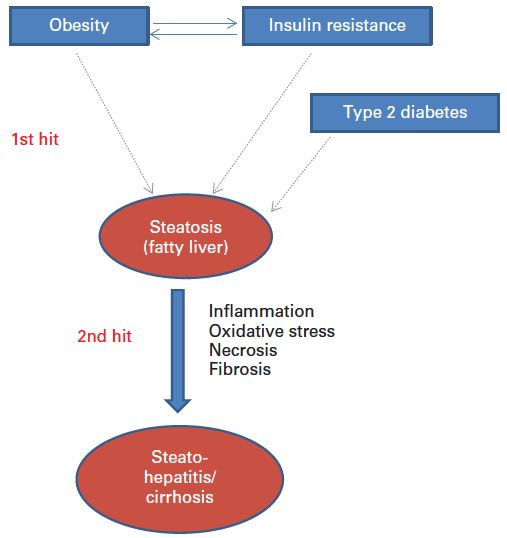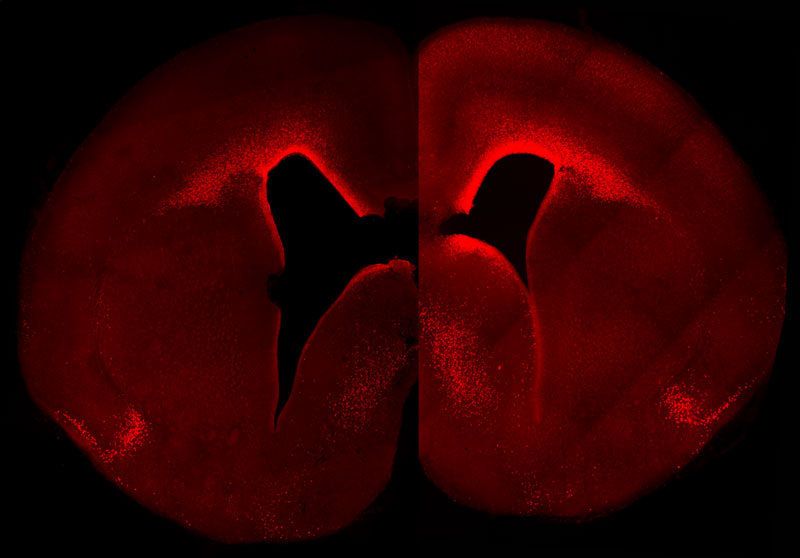Aug 11, 2015
Meanwhile in the Future: You Can Live for 300 Years, But You’ll Be in Prison
Posted by Sean Brazell in categories: law enforcement, life extension
What if “life in prison” could mean 100 or 200 or 400 years? Does that change the way that sentences are doled out? What happens when a person gets out of prison?
For all of you who’ve written in asking me to do an episode about longevity, this episode is for you. But instead of looking at the usual living forever stuff, we’re specifically going to talk about what happens when it gets applied to the prison system.

















